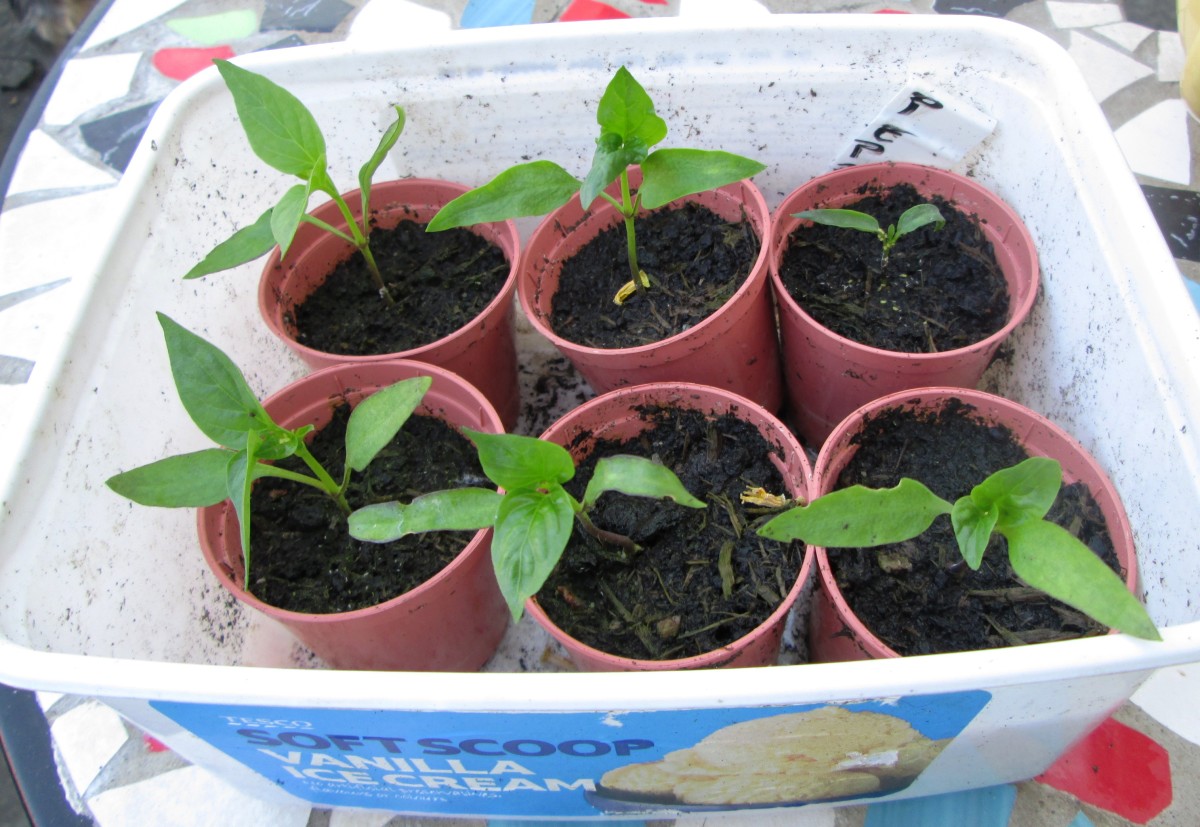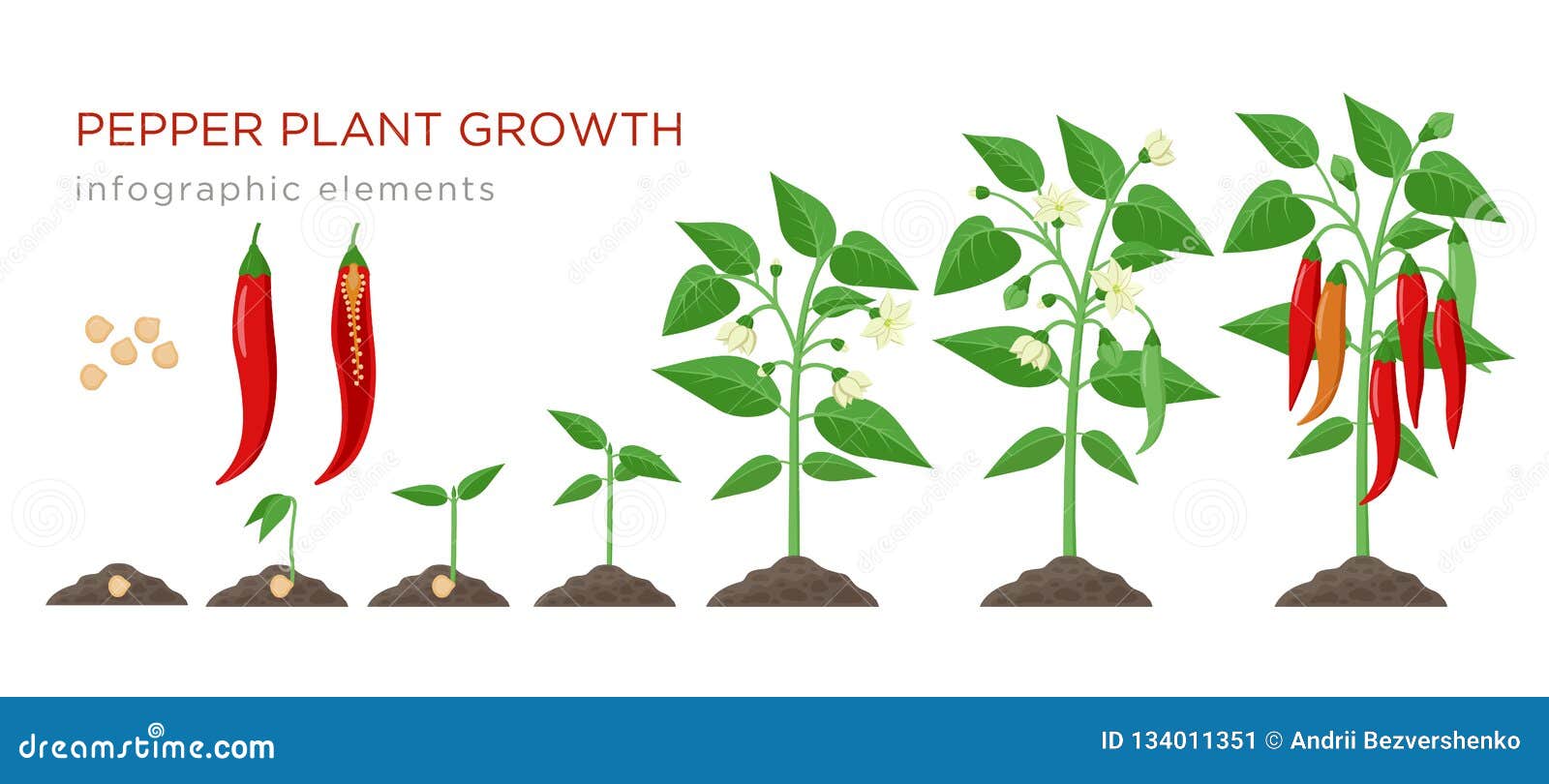

(See more below.) Of course, any nectar-rich flowers such as zinnia, comfrey and ageratum will attract pollinators such as bees to the garden, helping to boost the pollination of flowering crop plants like tomatoes, beans, and squash. Nasturtium is heads and shoulders above them all, taking the brunt of pest attacks.

Traditionally, it was thought that vegetables had “friends” and “foes”-companion plants that either benefitted the vegetables’ growth or impeded it.We’ve collected it all, and updated our companion planting chart below! Some background:

Until recently, a lot of companion planting was based on little more than hearsay, but there’s an increasing body of scientifically-grounded research that actually proves that growing specific plants together can reduce pests, boost growth, and even help wildlife. Evidence-Based Companion Planting Philosophy Image: Vegetable garden using companion planting practices. Weed suppression: Planting sprawling crops like potatoes with tall, upright plants minimizes open areas, where weeds typically take hold.Similarly, plants with long taproots, like burdock, bring up nutrients from deep in the soil, enriching the topsoil to the benefit of shallow-rooted plants. Improving soil fertility: Some crops, like beans, peas, and other legumes, help to make nitrogen more available in the soil.Improved plant health: When one plant absorbs certain substances from the soil, it may change the soil biochemistry in favor of nearby plants.Natural supports: Tall plants, like corn and sunflowers, can support lower-growing, sprawling crops such as cucumbers and peas.Shade regulation: Large plants provide shade for smaller plants in need of sun protection.

For example, borage attracting pollinating bees and tiny pest-eating wasps. Attracting beneficials: Some plants also attract beneficial insects.For example, garlic’s smell is unappealing to many pests. Deterring pests: Certain plants act as insect repellents or deter critters.There are plenty more good reasons to plant certain crops together:
Bell pepper seedlings diagram full#
See more examples and a full chart of proven companions below! The Three Sisters trio-maize, climbing beans, and winter squash-is an age-old example of companion planting. For example nasturtiums grown close to kale, cabbage, broccoli, and any of the brassica crops will lure away hungry caterpillars from eating your crops!


 0 kommentar(er)
0 kommentar(er)
